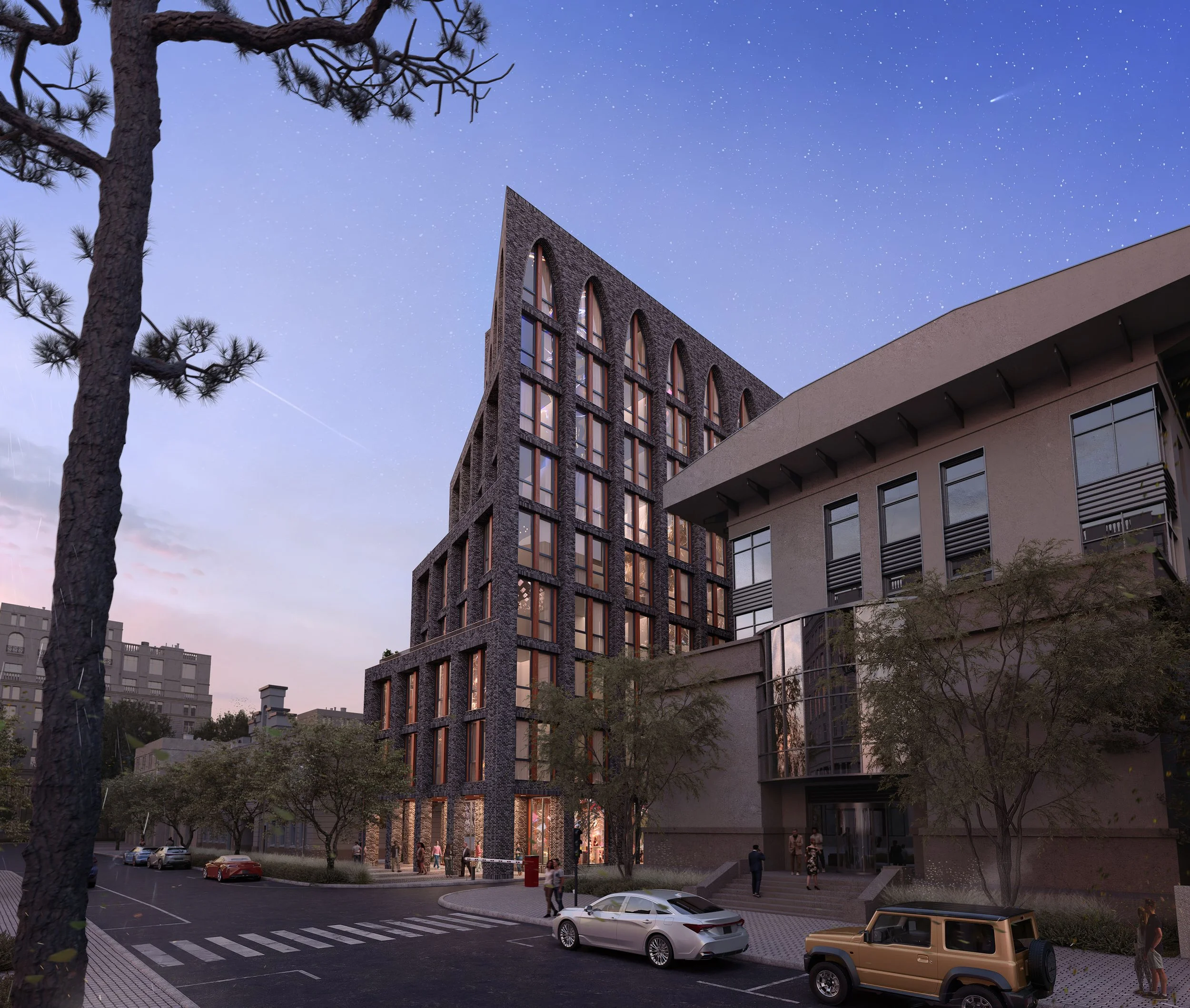Why Professional Architectural Visualization Is Worth The Investment
We've been creating architectural visualizations since 2014, and one question keeps coming up: "Why should I invest in professional 3D renders?" Let me share what we've learned from working with architects, developers, and designers worldwide.
It's About Communication, Not Just Pretty Pictures
When we started Renderus, we quickly realized that architectural visualization isn't just about making beautiful images. It's about helping architects and developers communicate their vision effectively. As both an architect and CGI artist, I've seen how good visualization can bridge the gap between technical drawings and what clients actually understand.
Many clients struggle to interpret 2D drawings or understand spatial relationships from blueprints. That's where visualization becomes invaluable - it translates technical information into something everyone can understand and get excited about.
Our Approach: Reality Plus
We believe in what I like to call "reality plus" - creating images that are realistic but with a touch of optimism. Every visualization tells a story, whether it's morning light streaming through a San Francisco apartment or twilight settling over a residential development in England.
This approach isn't about misrepresenting spaces - it's about showing their best potential. Just as a professional photographer knows how to capture a building's best angles in perfect light, we know how to present architectural spaces in their most appealing yet honest way.
Three Key Elements That Make Visualization Work
Accuracy Matters Every visualization starts with precise architectural drawings. We model everything in 3D first, ensuring that what we show is actually buildable. This prevents expensive mistakes during construction. We've had cases where our detailed 3D modeling revealed design issues that weren't apparent in 2D drawings, saving clients significant renovation costs later.
Materials and Light Getting materials and lighting right is crucial. We spend considerable time studying how different materials interact with light throughout the day. This attention to detail helps viewers truly understand how spaces will feel. For example, in one project, we demonstrated how glossy kitchen surfaces would reflect morning light, helping clients make informed decisions about finishes.
The Human Element Empty spaces rarely inspire emotion. We carefully add lifestyle elements - a coffee cup on a counter, books on shelves, or subtle evening lighting - to help people imagine themselves in the space. These details aren't just decorative; they help establish scale and create emotional connections with viewers.
Real Project Examples
Let me share a few quick examples:
The Cinema Room Challenge For MAK Studio in San Francisco, we created a dramatic cinema room visualization with an "underwater" window. While unconventional, this unique feature became a major talking point that helped sell the property's distinctive character. The key was balancing the room's moody atmosphere with enough light to showcase its unique features.
The Twilight Effect When visualizing residential developments, we've found that twilight renders showing warm interior lights can be particularly effective. They tap into that universal feeling of coming home at the end of the day. In one project, the twilight visualization became the key marketing image, helping potential buyers envision their future lifestyle.
The Wine Room Success We recently completed a luxury wine room visualization where the challenge was creating an intimate atmosphere while highlighting the sophisticated storage solutions. By carefully balancing dark materials with strategic lighting, we created an image that sold not just a room, but a lifestyle.
Common Misconceptions
"Can't any 3D artist do this?"
While technical skills are important, understanding architecture makes a crucial difference. We know how buildings work, how light behaves in spaces, and what details matter to architects and their clients. This architectural knowledge helps us make informed decisions about everything from camera angles to material selections.
Our background in architecture means we can spot potential issues early. For instance, we once noticed that a planned layout would create awkward shadows in a living space - something we could address before construction began.
The Investment Returns
Good architectural visualization can:
Help sell properties before they're built - we've seen projects secure buyers months before completion
Prevent costly design mistakes - identifying issues in 3D before they become real-world problems
Save time in client communications - reducing revision cycles and misunderstandings
Attract better quality buyers - professional visuals attract professional clients
Support funding applications - high-quality visualizations can help secure project financing
Enhance marketing materials - providing compelling images for brochures and websites
When to Invest in Visualization
The best time to invest in visualization is early in the design process. This allows for:
Testing different design options - seeing how various choices impact the final result
Getting stakeholder buy-in - helping everyone understand and support the vision
Marketing properties earlier - starting sales before construction begins
Identifying potential issues before construction - saving time and money on changes
Working Together
Our process is collaborative. We typically:
Review your project documentation - gathering all necessary technical information
Send initial drafts for feedback - ensuring we're on the right track
Refine the images based on your comments - making adjustments to match your vision
Deliver final, high-resolution renders - providing files optimized for your needs
Looking Forward
Professional architectural visualization is becoming increasingly important in our digital world. As we continue to develop our craft, we're excited about helping more architects and developers bring their visions to life. The future of visualization lies in creating not just images, but experiences that help people connect with spaces before they're built.
Want to learn how architectural visualization can enhance your next project? Let's talk about your vision and how we can help you communicate it effectively.

